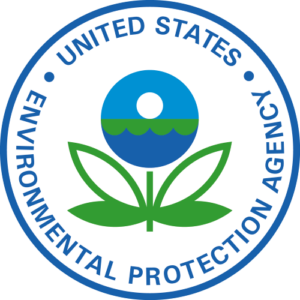
The Clean Air Act (CAA) general conformity provisions state that:
No department, agency or instrumentality of the Federal Government shall engage in, support in any way or provide financial assistance for, license or approve any activity which does not conform to a [CAA] state implementation plan [SIP] after it has been approved or promulgated. CAA §176(c)(1).
Section 176(c)(1) goes on to say that “conformity” requires a project to conform to the purpose of the implementation plan, namely to achieve the national ambient air quality standards (NAAQS) on schedule, and that a project that creates new air quality violations or delays the correcting of old ones does not conform. Conformity only applies to nonattainment and maintenance areas. Within such areas, it only applies to the pollutants for which they were designated nonattainment or maintenance.
The general conformity rule establsihes conformity in coordination with and as part of the National Environmental Policy Act process.
On January 8, 2008, the Environmental Protection Agency (EPA) published in the Federal Register proposed revisions to its General Conformity Regulations under the Clean Air Act 73 Fed. Reg. 1402.
Liquefied natural gas terminals, pipeline compressor stations and pipeline transmission lines are regulated by the Federal Energy Regulatory Commission (FERC). Investment in new facilities or to improve the capacity and modernize the operations of existing facilities can require FERC approval that could potentially trigger general conformity requirements. This in turn could delay and even prevent construction of facilities necessary to increase the supply of clean burning natural gas, a fuel that will be increasingly necessary for both economic and environmental reasons in the years ahead.
Accordingly, INGAA supports all aspects of EPA’s proposal but comments on three particular areas:
A. EPA’s proposal to exclude projects subject to State minor new source review permits from additional conformity requirements.
B. EPA’s proposal to exempt temporary construction emissions from conformity requirements; and
C. EPA’s proposal to allow cross-pollutant offsets in certain circumstances.







